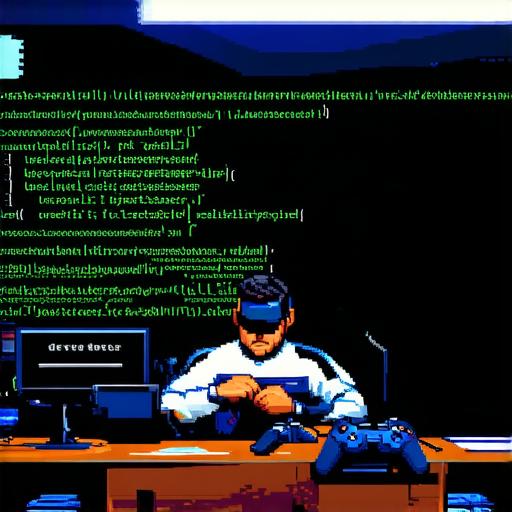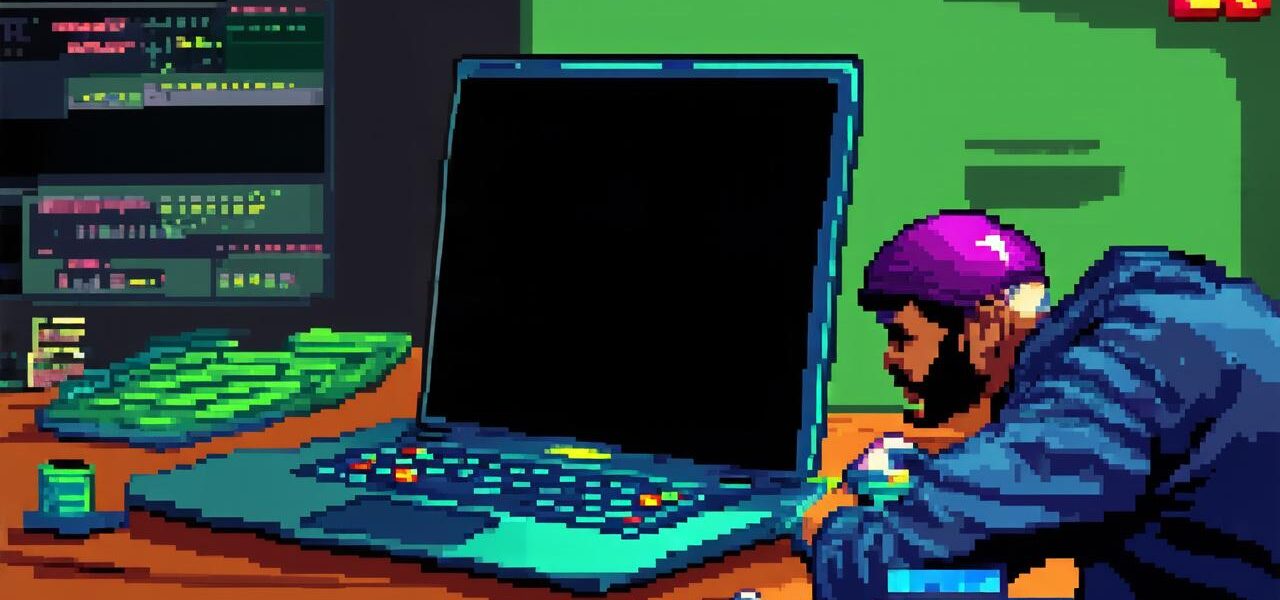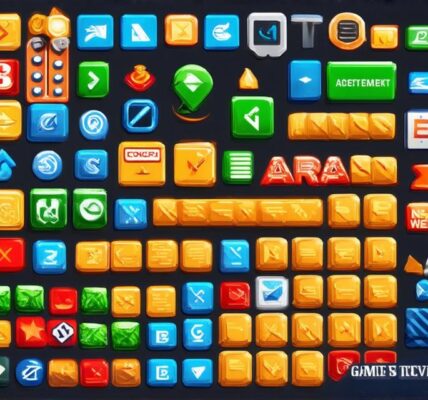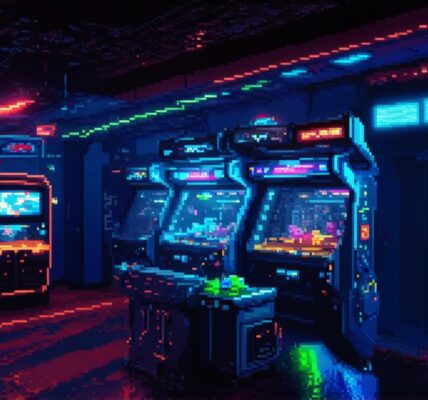Are you tired of using pre-made game engines and tools? Do you want to take control of your game’s codebase and have full freedom over its features and mechanics? If so, then you may be interested in learning how to program a video game from scratch.
In this article, we will explore the process of creating a simple 2D platformer game using C and MonoGame, an open-source game development framework. We’ll cover everything from setting up your development environment to implementing game logic and graphics. By the end of this guide, you should have a good understanding of the basics of game programming and be able to create your own games.
Tools and software
First, you’ll need a computer with a code editor, such as Visual Studio or Unity Hub. You’ll also need MonoGame, an open-source game development framework that runs on top of XNA Framework. MonoGame allows you to create games for various platforms, including Windows, Linux, macOS, iOS, Android, and more.
Next, you’ll need some knowledge of programming concepts such as variables, loops, functions, and data structures. If you’re new to programming, it may be helpful to start with a beginner-friendly tutorial or online course to get up to speed.
Game design
Before diving into the details of programming a game from scratch, it’s important to understand the basic concepts and tools you will need.
Setting up your development environment
Once you have your tools and software set up, it’s time to create a new project in MonoGame. To do this, follow these steps:
- Open Visual Studio or Unity Hub and create a new project.
- Choose MonoGame as the project template.
- Select “C” as the programming language.
- Choose a project type, such as “2D Game”, and click “Create”.
- Name your project, select a location, and click “Create”.

Now you should have a new project in MonoGame, ready to start coding your game.
Implementing game logic and mechanics
With your development environment set up, it’s time to start writing code. In this section, we’ll cover some of the basic game programming concepts and how to implement them using C and MonoGame.
Creating characters and objects
The first step in creating a game is to create your characters and objects. To do this, you’ll need to create sprites for each object and add them to your project. You can then use MonoGame’s SpriteBatch class to draw these sprites on the screen.
Here’s an example of how to draw a sprite:
csharp
SpriteBatch spriteBatch = Game1.spriteBatch;
Texture2D texture = new Texture2D("path/to/texture");
Rectangle rectangle = new Rectangle(100, 100, 50, 50);
spriteBatch.Draw(texture, rectangle);
Adding movement to characters and objects
Once you’ve created and drawn your sprites, you can add movement to them by using the MonoGame Input class.
Implementing game mechanics and rules
Once you’ve created your characters and objects, it’s time to add mechanics and rules to your game. This includes things like collision detection, scorekeeping, and enemy behavior.
Collision detection
To detect collisions between objects in your game, you can use MonoGame’s Collision class.
Scorekeeping
To keep track of scores in your game, you can use variables and update them as the player progresses through the game.
Enemy behavior
<p




